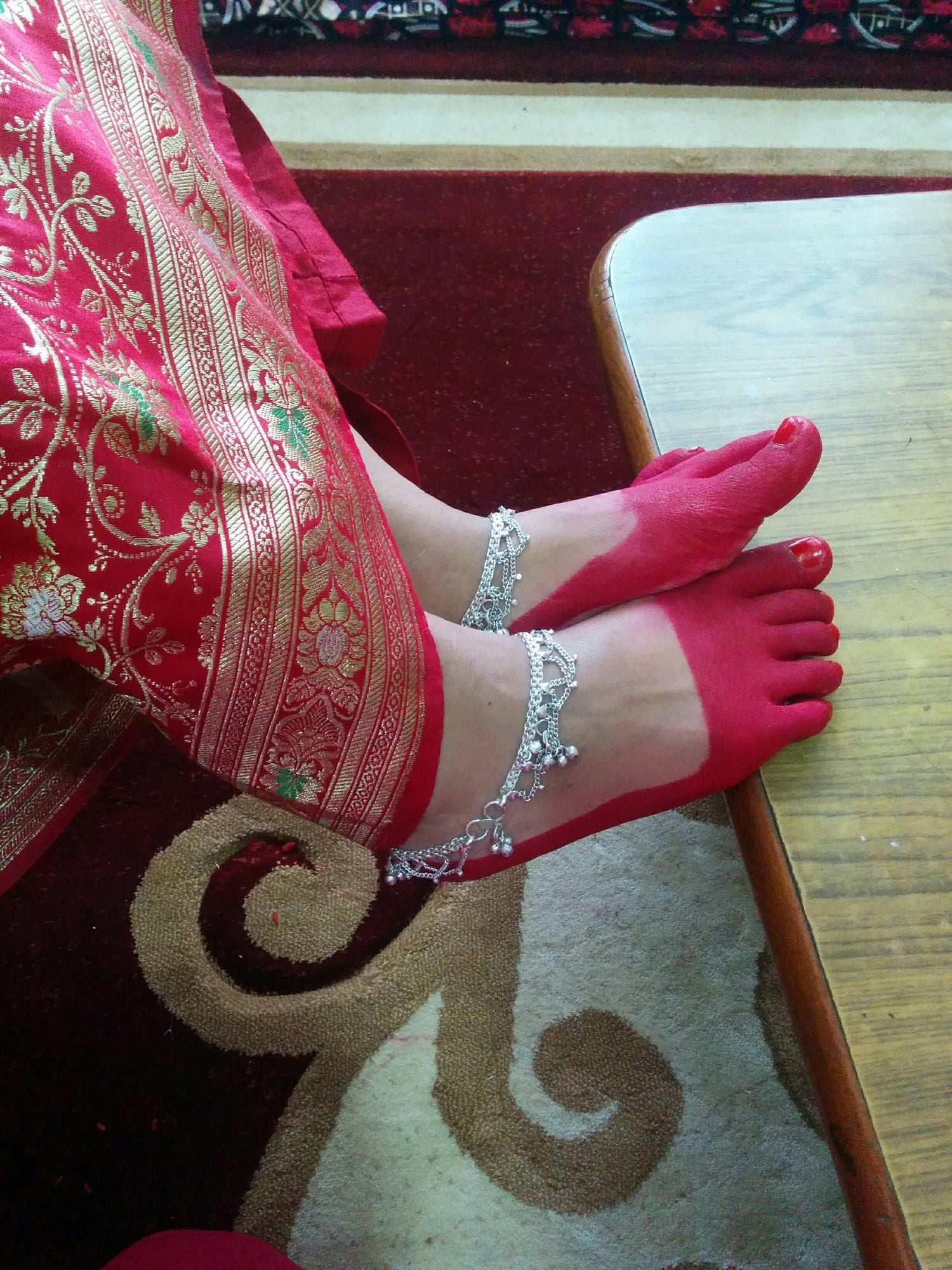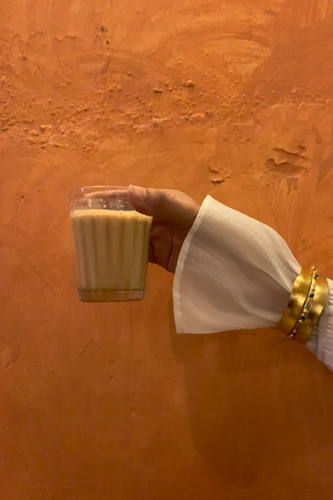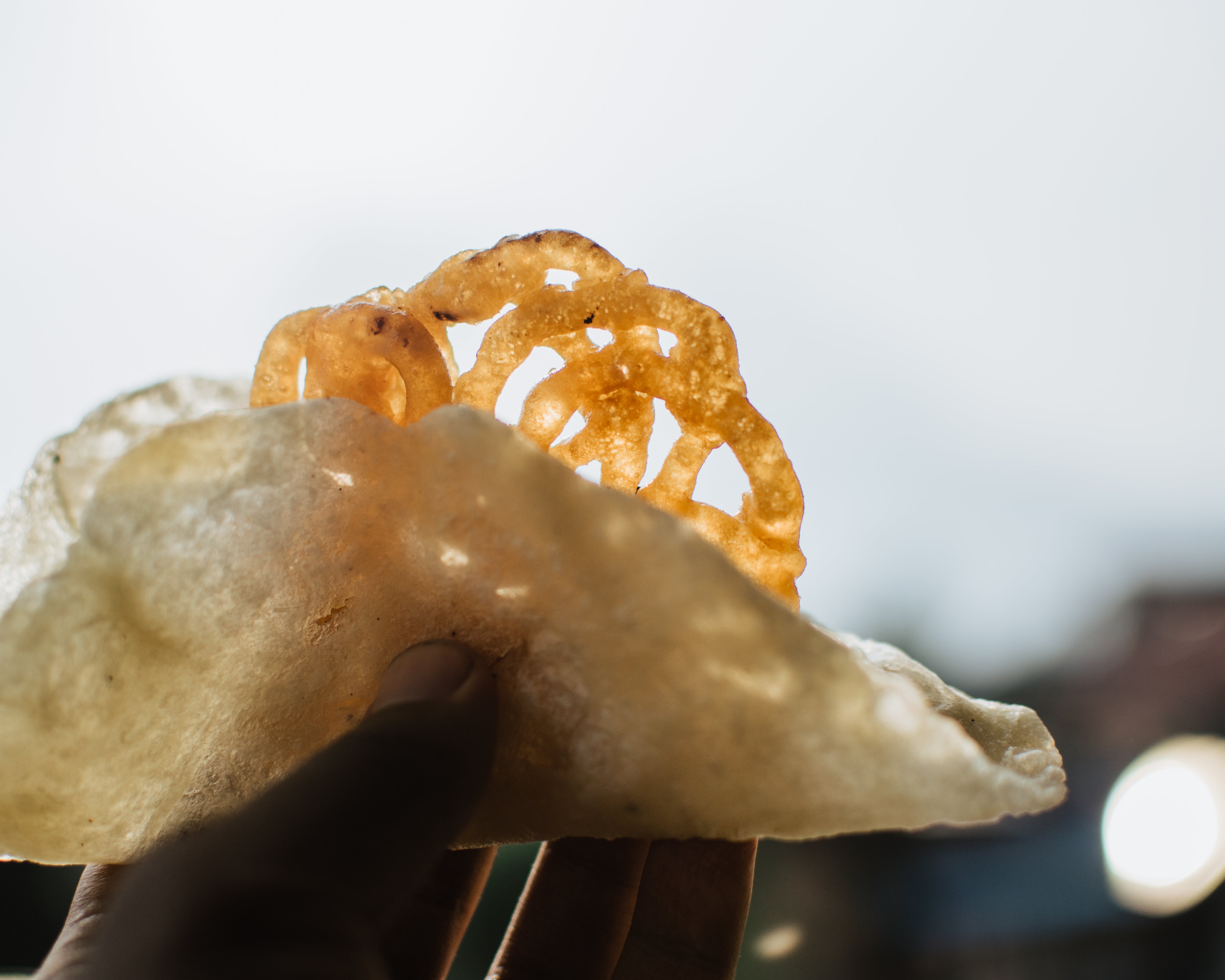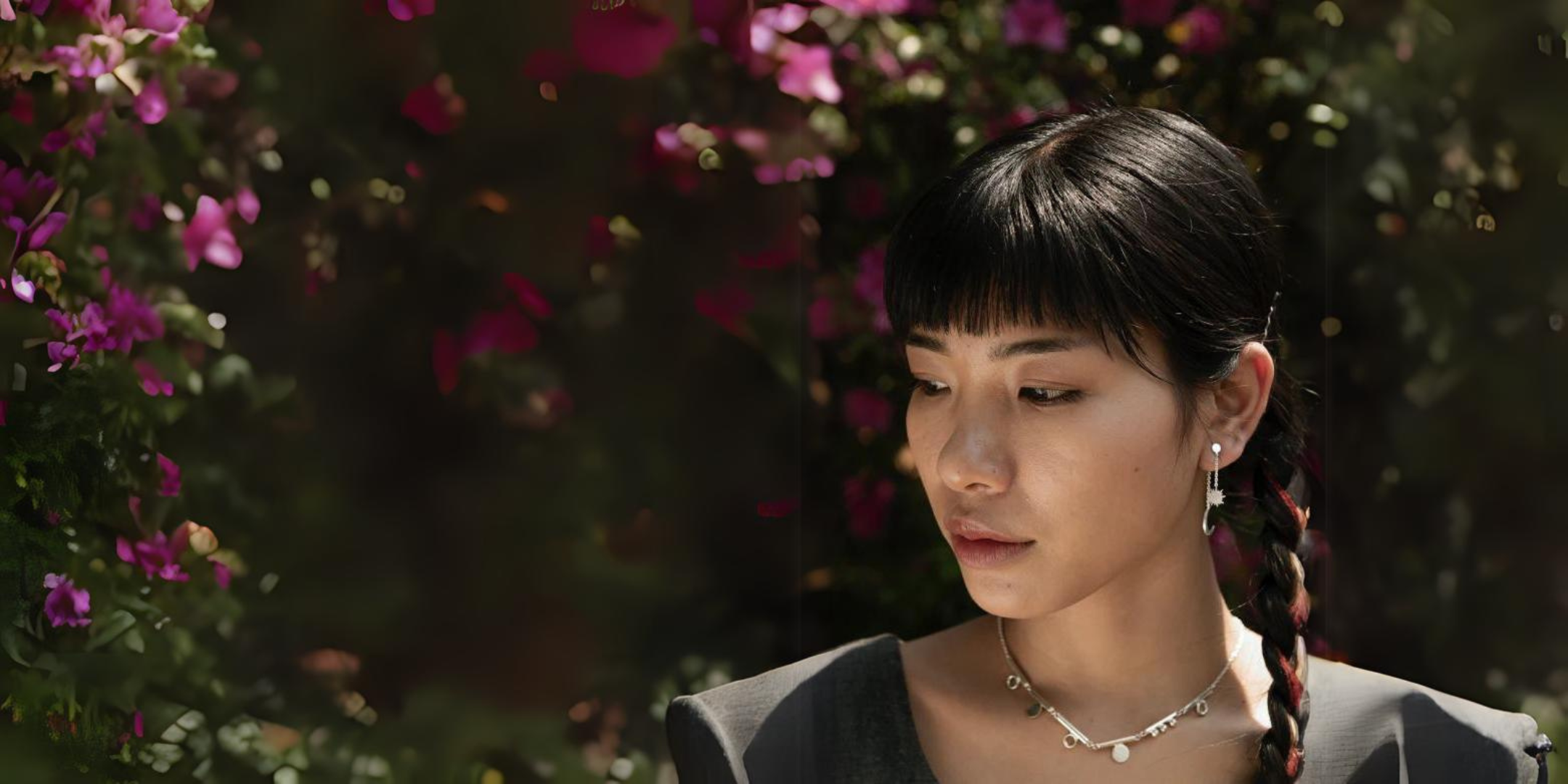
Besides the mourning ritual and annual shraddhas, the purification ritual also takes place in each coming of age ceremonies including pasni, Ihi, and Barha Pikau for girls, bratabandha or chudakarma (bhusa khayu/ketapuja) for boys, weddings, and janko for elderly. The moment a child is born, the ritual is practiced from the sixth or tenth day, whenever the benkegu or purifying day lies in. Similarly, the ritual is also practiced during Deupuja, the annual worship of clan deity, guthipuja, pujas of the community and festivals like Dashain.The family nauni, whose family’s been assigned for generations, would visit the houses during these ceremonies after being summoned in these important rituals besides a casual invitation regularly by elders of the house for their pedicure.
But while this is an important practice in a Newar household, it is also seen that most of the Newars no longer follow this practice. For example, in my own family, we’ve stopped inviting the tata for rituals a long time back as there had been times when she didn’t show up. And this case seems to be true, especially for Newars who live in the city area of Kathmandu and Patan. Amongst many Newar friends I’d talked to for this article, more than half shared that they no longer invite the naunis for various reasons, including the naunis charging more these days and being fussier than before.
A friend of mine, who now lives in Hattiban, shared that she didn’t invite the nauni before her wedding because her family nauni had refused to come when her family invited before as they live outside the core city area. She did mention that her maternal grandparents in Nagadesh, near Old Thimi in Bhaktapur, used to invite the family nauni for a pedicure regularly, which was true in the case of my other friend who is from Thaiba, an outskirt settlement in Lalitpur. “My maa used to take us for a pedicure on regular basis in the nauni’s home itself,’’ she shared, “and we give them grains and clothes instead of money.” Traditionally, it is known to give the naunis clothes and grain instead of money but now money is a more viable means.
On the other hand, it seems that this is not just the case for the disappearance of the practice. According to Suneeta Tuladhar, as the profession doesn’t earn enough to live in today’s time, new generations of the community are opting for other professions. My friend from Thaiba also shared her own nauni’s circumstances recalling how her nauni would often claim that they won’t be getting this service once she passes away as her daughter-in-law isn’t keen on taking the job. Laxmi Napit, a forty-year-old nauni from Bhaktapur also shared the same opinion. “Today’s generation receives higher education and hence does not continue this practice including my daughter who works as a Lab Assistant now,” she shared. Laxmi learned the craft of traditional pedicure along with putting Alah by watching her mother and mother-in-law’s practice. Unlike most professionals, she started practicing this craft only 10 years back, probably at the time her mother-in-law had retired.

“I still go to all the homes I’ve been invited to, including those who live outside Bhaktapur, but lately people have opted for other means for this ritual,” she shared. Many, indeed, would buy alah from the old shops in Mangalbazaar and Asan and apply themselves during the ceremonies while few would use red color instead. Laxmi also shared that for the purification ritual, they would either use gangajal or water that has iron nails dipped to purify.
While compared to the past socially the naunis are more welcomed as caste-based discrimination is punishable by law and people are also more aware of the wrongdoings because of these discriminations. Yet, many people from the community still feel uncomfortable sharing their surnames and their parent’s professions. That was also the reason why an elderly nauni from Patan refused to be interviewed, fearing backlash from her children as well as the community. According to an article about the community published in the Kathmandu Post by Srizu Bajracharya many are also changing their surnames to Shresthas to avoid caste-based discrimination.
No matter what the reason may be, it is a fact that this craft of putting alah is slowly disappearing despite being an important cultural practice. Many have no answer for how to preserve it or continue it. Laxmi Napit shared that maybe there’s no way to protect it from dying. Similarly, my friend from Thaiba shared that her family has also accepted the fact that one day the service will be gone. In one of my cousin’s rituals, I suggested that they ask someone from a beauty parlor who does pedicures to do the ritual since her family too lived far away from their ancestral home and couldn’t find a nauni. And maybe that is one way to continue it. “We should be able to share the technique with other communities beyond Newars,” shared Suneeta Tuladhar, “to continue the practice. The government and local bodies can also play a vital role by making this profession socially and financially viable."




